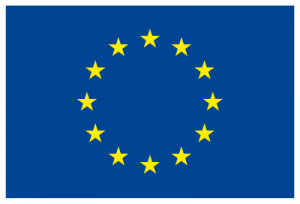The idea of ‘territory’ suggests a region, a jurisdiction, or an enclave; the term is also sometimes used to describe an area of knowledge, experience, or activity. Within a spatial demarcation certain specificities exist by which that region or territory is known or defined. These can be in the form of economic, social, cultural or environmental identification markers. In a small area, there may be governance which ensures uniformity of these markers, but over a larger territory or jurisdiction such as the European Union, there is a greater likelihood of disparities and imbalances. Territorial cohesion is thus a public policy approach that attempts to ensure the harmonious development of diverse landscapes, cultures and communities by facilitating the exploitation of the inherent features of those territories. As such, it is a means of transforming diversity into an asset that contributes to the sustainable development of Europe. The concept of territorial cohesion involves overcoming divisions stemming from administrative borders and seeks to build bridges between economic effectiveness, social cohesion and environmental balance.
Sources:
Commission of the European Communities (2008) Green Paper on Territorial Cohesion. Turning territorial diversity into strength. SEC(2008) 2550. Brussels. Available at: http://ec.europa.eu/regional_policy/what/cohesion/index_en.cfm

